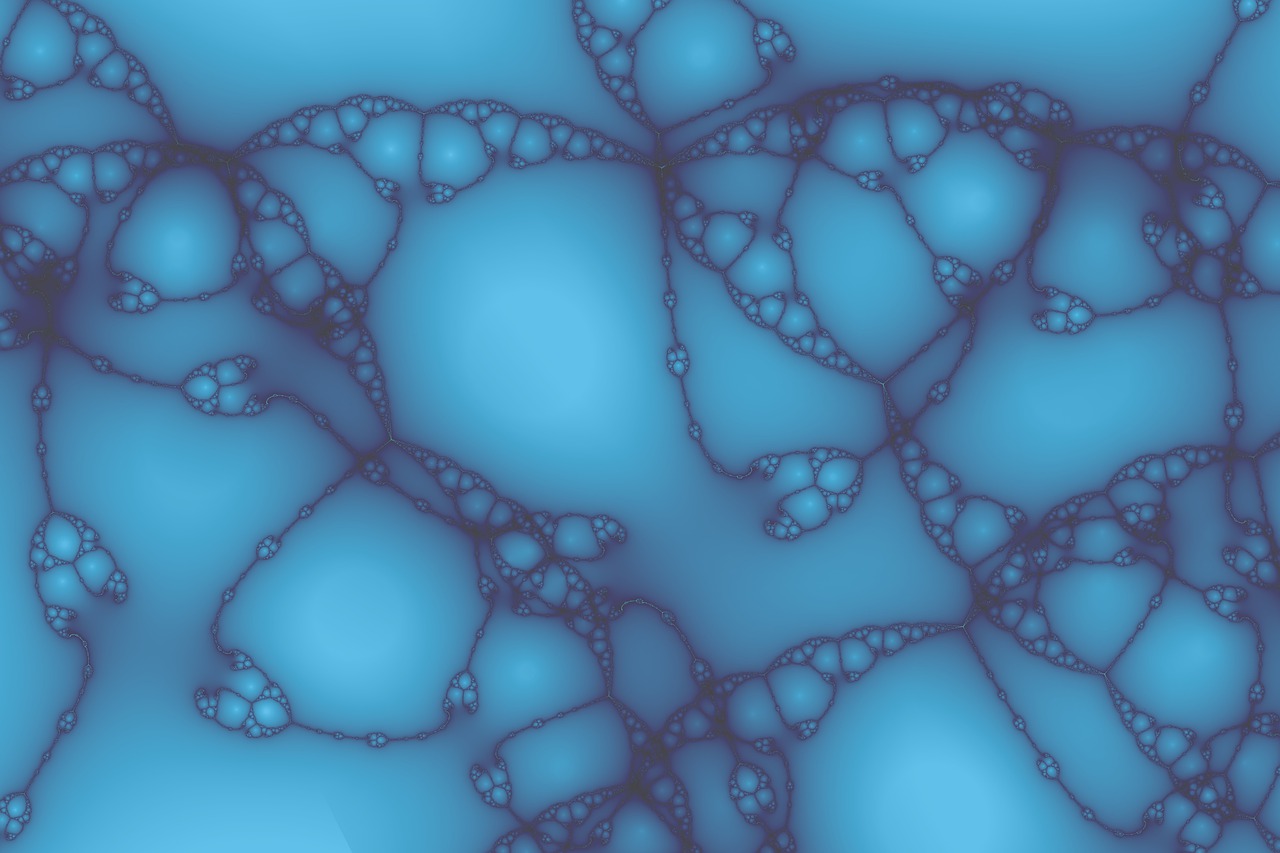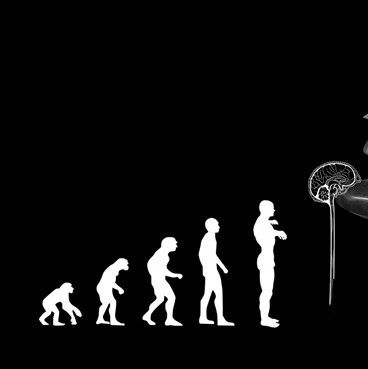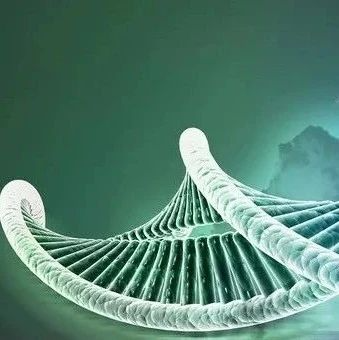美国犹他大学科学家近期研究发现,大约120万年当人类祖先开始在非洲、欧洲和亚洲等地繁衍时,总共大约只有18500人拥有繁殖能力,至多不超过26000人。因此,他们也成为当时的较小种群,属于濒危物种之一。人类祖先的这种濒危状态甚至一直持续了大约100万年。
据科学家介绍,当时的人类生存状况和人口数量与如今的大猩猩和黑猩猩有些相似。众所周知,我们人类如今的人口数量极为庞大,比其他灵长类动物要多得多。但是,事实上人类的遗传变异要比其他灵长类动物少得多。
对于这个奇怪的现象,一些专门研究具体基因系统问题的科学家提出了许多种解释,比如最近提出的“瓶颈事件”理论。在这些所谓的“瓶颈事件”中,人类出现大规模死亡或无法繁衍现象,其中一桩事件就是发生于大约7万年前的印度尼西亚多巴超级火山大爆发。据估计,当时只有1.5万人幸存。另一种解释是,在过去200万年中人类祖先的出生率长期偏低,有时甚至只有1万人能够成功繁衍后代。
科学家们的最新研究关注的是整个基因组,而非先前研究工作所关注的具体基因系统。遗传学家采用最新的DNA遗传标志研究方法,不仅能研究现代人类的基因,也能研究我们人类祖先的基因,如东亚直立人(他们被认为最有可能是人类的直接祖先)、匠人以及早期智人等。值得注意的是,遗传学家发现,只要有两个人类DNA序列信息,就足以估算出古代的人口规模。
人类遗传学家林约德和同事们研究了部分含有可移动元素(被称为Alu序列)的基因,这些元素是随机插入到基因组中的约300个碱基对的DNA 长条的各个部分。这是一个罕见的现象,但是一旦这些元素被插入,它们会作为一种遗传标志保留在后代人的身上。此外,研究人员还对现代人的两个基因中Alu标志附近的DNA突变现象进行了研究,这两个基因已经被完全排序。在含有Alu序列的较老的一组中,研究人中发现了更多的突变现象,这是因为它们存在的时间相对更长。研究人员运用了核苷酸多样性方法估算了该基因的年龄。然后,他们又将这些区域进行了整体差异性对比,以估算不同时期人口规模大小的差异,以及现代人类与人类祖先的遗传差异性。
通过这些研究,科学家们计算出,人类的早期祖先比现代人更具遗传多样性。他们也同时得出结论,大约在100万年前,至少发生过一次像多巴火山爆发一样的灾难性事件,这一事件几乎毁灭了当时所有物种。约德认为,人类和人类的祖先已经经历了人口数量庞大与面临濒危之间的周期循环。
科学家们的研究成果1月19日发表在美国《国家科学院院刊》(PNAS)上。
推荐原始出处:
PNAS January 19, 2010, doi: 10.1073/pnas.0909000107
Mobile elements reveal small population size in the ancient ancestors of Homo sapiens
Chad D. Huffa, Jinchuan Xinga, Alan R. Rogersb, David Witherspoona, and Lynn B. Jordea,1
aDepartment of Human Genetics, Eccles Institute of Human Genetics, and
bDepartment of Anthropology, University of Utah, Salt Lake City, UT 84112
The genealogies of different genetic loci vary in depth. The deeper the genealogy, the greater the chance that it will include a rare event, such as the insertion of a mobile element. Therefore, the genealogy of a region that contains a mobile element is on average older than that of the rest of the genome. In a simple demographic model, the expected time to most recent common ancestor (TMRCA) is doubled if a rare insertion is present. We test this expectation by examining single nucleotide polymorphisms around polymorphic Alu insertions from two completely sequenced human genomes. The estimated TMRCA for regions containing a polymorphic insertion is two times larger than the genomic average (P & &10?30), as predicted. Because genealogies that contain polymorphic mobile elements are old, they are shaped largely by the forces of ancient population history and are insensitive to recent demographic events, such as bottlenecks and expansions. Remarkably, the information in just two human DNA sequences provides substantial information about ancient human population size. By comparing the likelihood of various demographic models, we estimate that the effective population size of human ancestors living before 1.2 million years ago was 18,500, and we can reject all models where the ancient effective population size was larger than 26,000. This result implies an unusually small population for a species spread across the entire Old World, particularly in light of the effective population sizes of chimpanzees (21,000) and gorillas (25,000), which each inhabit only one part of a single continent.







